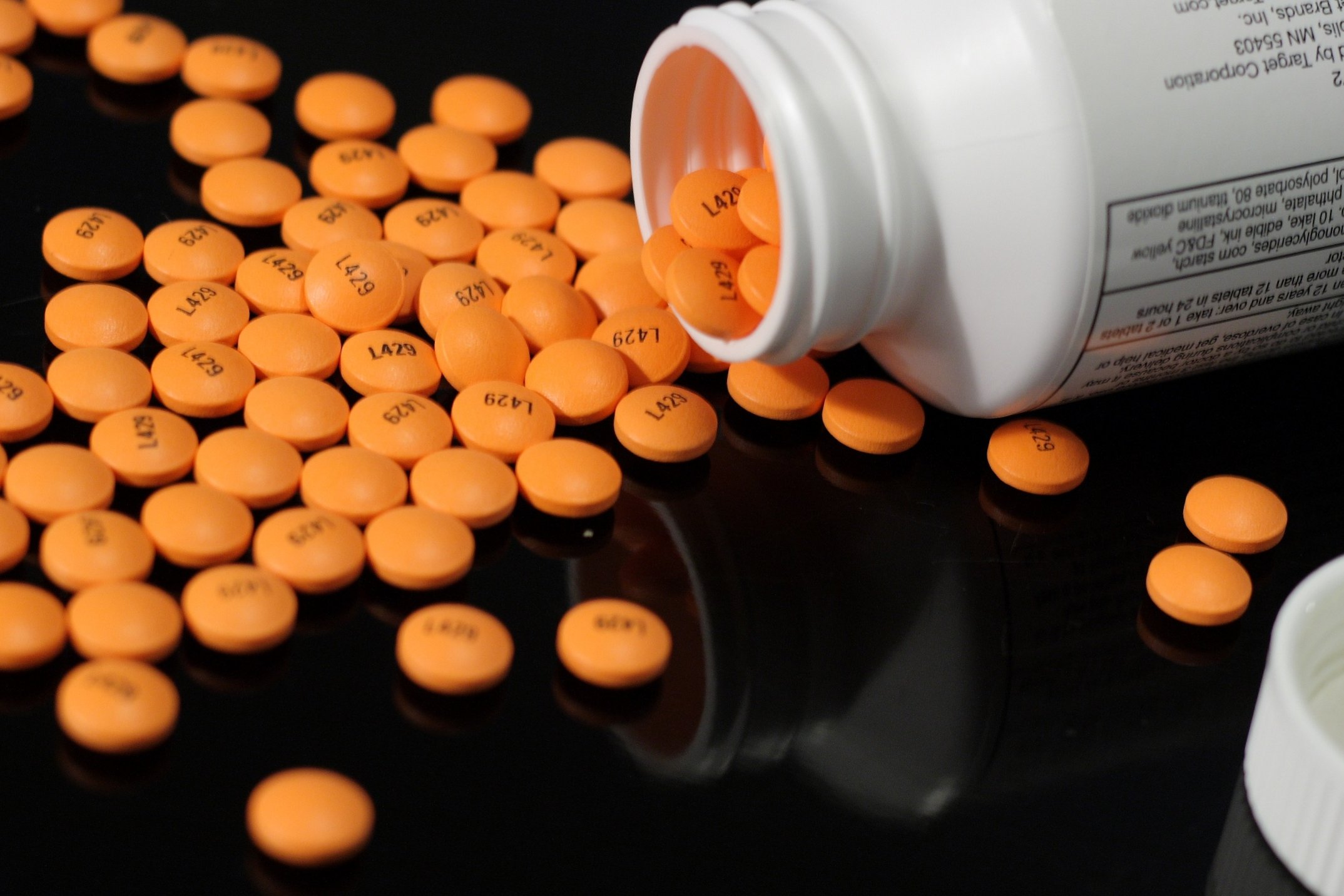
Salicylate toxicity has a long history of causing morbidity and mortality in ED patients. Historically there has been a decline in the number of cases of salicylate poisoning due to concern regarding Reye’s syndrome. However, in recent years worries have spurred a public health campaign to spread information regarding the risks of poisoning by the alternative analgesic and antipyretic acetaminophen have prompted drug companies to release adds marketing aspirin preparations as being “acetaminophen free” prompting concern that we may again see a surge in salicylate poisoning cases.
We all know that the management of salicylate is based on alkalizing the serum and the urine, but do you know why? Salicylates can be conceived of as existing in three compartments: serum, central nervous tissue, and urine. Salicylates are acids and, when ionized, move freely across lipid membranes and between compartments. This allows salicylates to move into the central nervous system. The main cause of mortality in cases of salicylate toxicity is not due to their acid base disturbance, but rather due to cerebral edema, as demonstrated by the ICU study cited below. Furthermore, the acidic environment generated by salicylic acid potentiates the predilection of salicylates to cross into nervous tissue where they interfere with the krebs cycle and promote oxidative uncoupling in neurons which ultimately results in neuronal cell death. When the serum is rendered basic, salicylic acids accept a hydrogen ion and becomes neutral, which prevents them from moving between compartments, trapping them, and preventing neuronal toxicity.
In cases of suspected salicylate toxicity, serum should be alkalinized by administering a bolus of sodium bicarbonate dosed to 1 to 2 mg/kg followed by an infusion of 3 ampules sodium bicarbonate into 1L D5W which is given at 1.5 to 2 times the standard fluid maintenance rate for the patient’s weight. The ultimate goal is to alkalinize urine to trap salicylate and prevent neural migration, and this done by titrating the bicarbonate drip to a urine pH >7.5. Other adjustments to therapy to consider include multi-dose activated charcoal, whole bowel irrigation, glucose supplementation, and supportive care as needed. Dialysis may be employed in severely toxic patients and those with high salicylate levels, though its use does not obviate the need for alkalinization as it confers no neuro-protective effects while being administered.
Lugassy DM. Salicylates. In: Hoffman RS, Howland M, Lewing NA, Nelson LS, Goldfrank LR. Eds. Goldfrank’s Toxicologic Emergencies, 10e. New York, NY: McGraw-Hill; 2015.
Thisted B, Krantz T, Strom J, Sorensen B. 1987. Acute salicylate self-poisoning in 177 consecutive patients treated in ICU. Acta Anaesthesiol Scand 31(4) 312-316.
